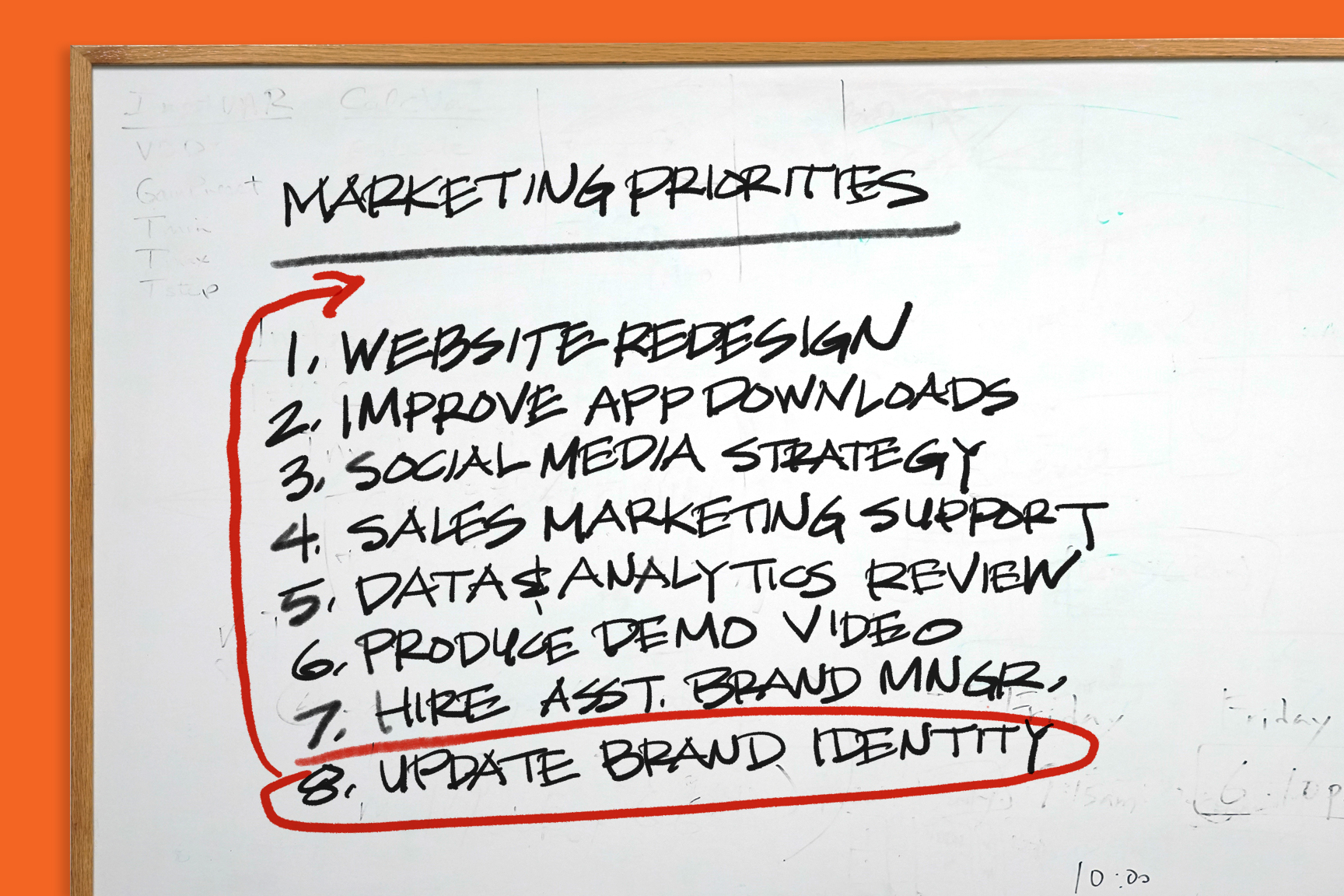
I’ve collaborated with, managed, and been managed by a fair share of Creative Directors. The good ones were wildly “creative” writers, designers, marketers, and strategists. The great ones were also brilliant “directors.” they knew how to draw out the best work from those they managed. Along the way they taught me some valuable lessons that I continue to use every day.
Here are my top 3:
1. Present a Compelling Brief
How effectively you brief your team will make the difference between mediocre and marvelous. Show up with a tight creative brief that covers the fundamentals of the assignment; what, how and when. Include the nuance and insights into what’s unique and special about the product or service they’ll be promoting. Most importantly, include the why the audience should care about what you’re selling. Even more crucial is the way you disseminate the information. Meet face-to-face (or via Zoom). Focus on the priorities, the must-haves, what’s worked in the past, and what should be avoided. Show up with some thought-starters or rough ideas/sketches to get the ball rolling. It might save someone from wasting a day heading down a path that you know is a dead end. Most importantly, get them excited. Passion is contagious.
2. Provide Useful & Constructive Feedback
The adage “there are no bad ideas” is far from the truth. Some ideas genuinely suck but how you react when they’re presented to you is telling. If you want to encourage excellence but crush the hopes and dreams of your team at every opportunity, they’ll consistently reward you with mediocrity. Remember the title is Creative “Director,” not Creative “Denigrator.” Your team is looking to you for guidance, but they’re also looking for support and encouragement. Evaluate the work based on how effectively it delivers on the brief. Is it on brand? Does it follow best practices? (or should it break best practices?). Is there a germ of an idea there–even if it’s not fully thought out? It’s easy to find fault but it takes a keen eye to spot the spark in an OK idea and help fan the flame until it’s a blazing bonfire of brilliance.
3. Be Passionate & Pragmatic
Know when it’s time for passion to step aside and let pragmatism take over. That doesn’t mean discouraging your team from taking big swings–the best ideas often start out far removed from reality. It also doesn’t mean playing it safe or giving up without a fight, especially when confronted with a risk-averse or challenging client. What it does mean is helping your team appreciate that a win is still a win, even if it doesn’t precisely match the vision. Bringing an idea to life invariably requires some degree of compromise. Budget constraints, looming deadlines, inflexible leadership, the list goes on. Show them how to maintain the integrity of an idea while still ensuring it sees the light of day.



